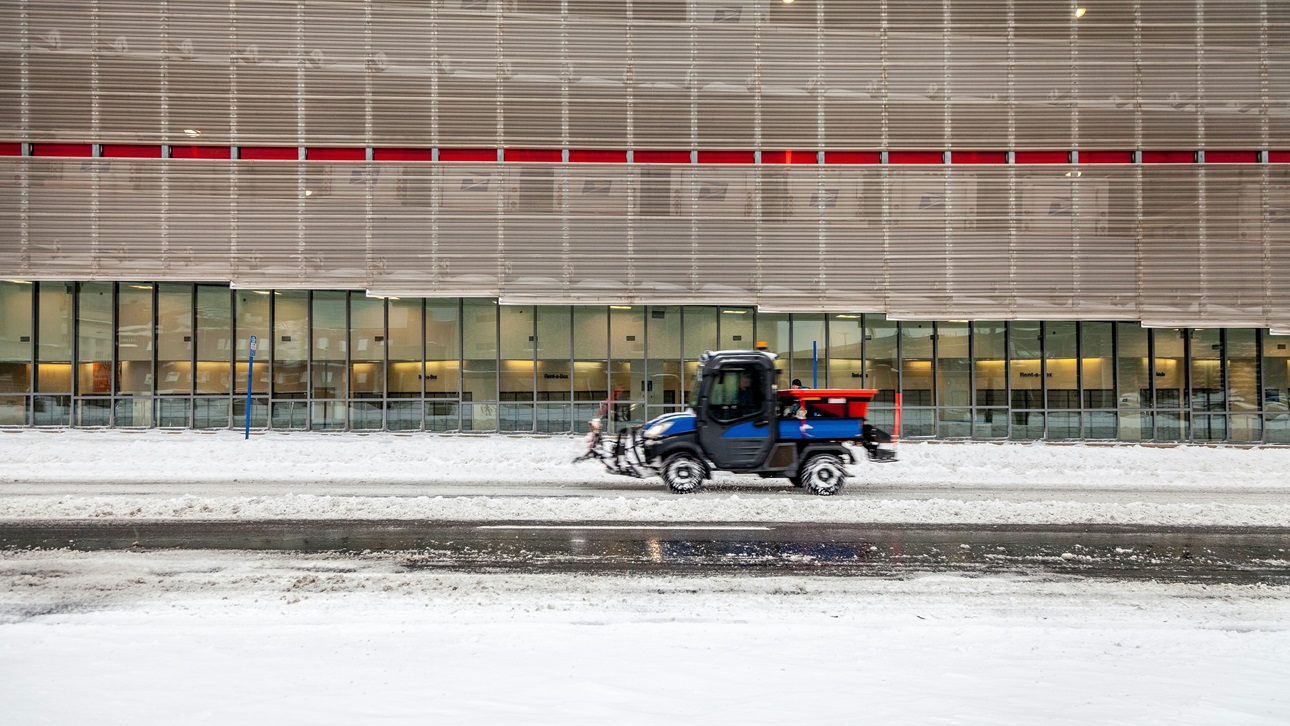- English
- 中文 (Chinese)
- Français (French)
- Deutsch (German)
- 日本語 (Japanese)
- Español (Spanish)
Cold Snap: Extreme Cold and Real Estate

Nonetheless, cold waves and winter storms can be just as destructive, forming storm fronts hundreds of miles long and bringing plunging temperatures that infrastructure cannot withstand, all causing tremendous damage, disruption, and loss of life. Damages from the five costliest winter storms from 2013 to 2022 totaled nearly $50 billion.
The risk from these hazards, long confined to northern regions in North America and Europe, has begun to reach more southerly locales that have not designed their built environments with extreme cold and winter storms in mind.
This report introduces real estate owners, developers, and investors to the risks posed to real estate by extreme cold and other hazards typically associated with winter, and presents the business case for cold-resilient buildings and the potential mitigation measures real estate can consider as part of a fully resilient portfolio.
Résumé du rapport : As global temperatures rise from accelerating climate change, extreme temperature swings‚ both cold snaps and heat waves‚ are causing increasing damage and disruption. However, extreme cold and storms that bring snow, ice, and freezing rain can receive less focus than warm-weather hazards such as blistering heat and powerful hurricanes.
Nonetheless, cold waves and winter storms can be just as destructive, forming storm fronts hundreds of miles long and bringing plunging temperatures that infrastructure cannot withstand, all causing tremendous damage, disruption, and loss of life. Damages from the five costliest winter storms from 2013 to 2022 totaled nearly $50 billion.
The risk from these hazards, long confined to northern regions in North America and Europe, has begun to reach more southerly locales that have not designed their built environments with extreme cold and winter storms in mind.
This report introduces real estate owners, developers, and investors to the risks posed to real estate by extreme cold and other hazards typically associated with winter, and presents the business case for cold-resilient buildings and the potential mitigation measures real estate can consider as part of a fully resilient portfolio.


